
Invasive Non-Native Species (INNS) pose a serious threat to our ecosystems, disrupting habitats, outcompeting native species, and causing costly damage. While these species can spread naturally, human activity often gives them an unintentional helping hand. Whether you’re working outdoors or walking your dog in the park, awareness and simple actions can make a big difference in preventing their spread.
For those working on sites or visiting natural areas, biosecurity is essential. One of the most effective strategies is the ‘Check, Clean, Dry’ method, a straightforward set of steps designed to stop invasive plants and animals hitching a ride on boots, tools, vehicles, and machinery.
🚫 Check: Before arriving at or leaving a site, inspect all equipment and clothing for dirt, seeds, or plant fragments. This includes boots, clothing, tools, trolleys, boats, and vehicles. Remove as much debris as possible onsite to avoid transporting invasive species elsewhere.
🚫 Clean: Use hot water and a stiff brush to thoroughly clean boots and tools. For vehicles and machinery, pressure washing may be necessary. Setting up designated cleaning zones at sites with known invasive species risks helps ensure nothing spreads accidentally.
🚫 Dry: Some invasive species can survive in damp conditions for up to two weeks. After cleaning, let all equipment dry completely before using it elsewhere to further reduce the risk.
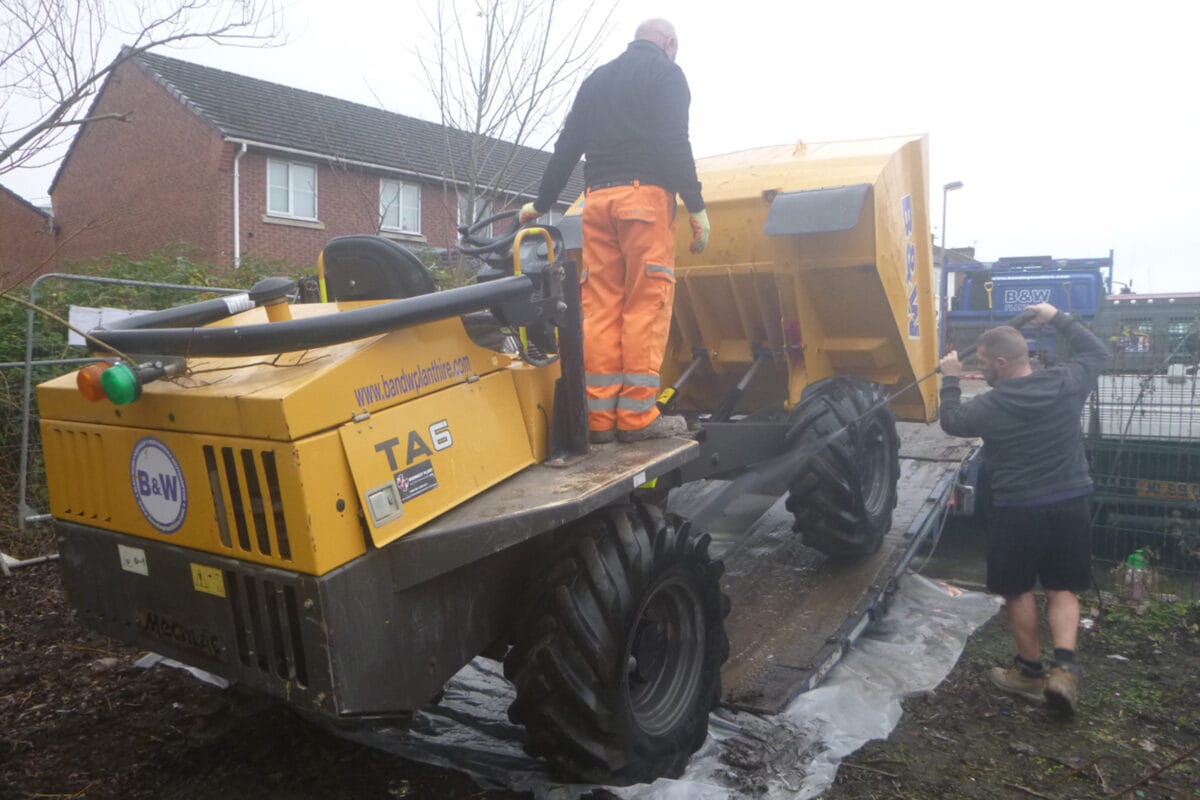
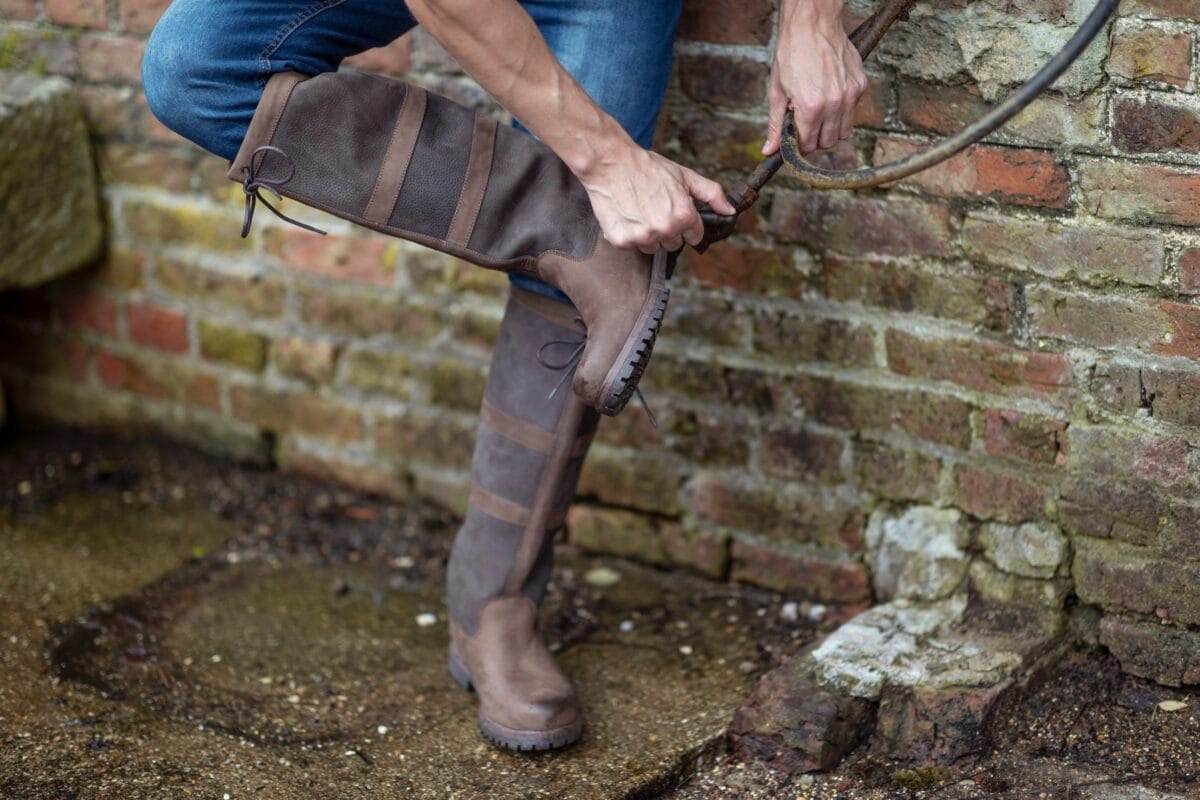
INNS don’t just spread through fieldwork equipment; our pets can also play an unexpected role. Millions of UK households share their lives with animals ranging from dogs and cats to fish and reptiles. While pets bring us joy, they can unintentionally carry invasive species in their fur or paws, or contribute to their spread through accidental or intentional release into the wild.
Take terrapins for example. Imported from America in the 1990s, they quickly became popular pets until owners realised how large and long-lived they are. Many ended up in lakes and waterways, feeding on native aquatic life and disrupting habitats. With a lifespan of up to 20 years, and a changing climate, the risk of them breeding in the wild is increasing.
Even our more familiar four-legged friends can unknowingly contribute to the spread of invasive plants. Dogs and cats are adept at carrying seeds, roots and plant fragments in their fur and paws, spreading species such as Japanese knotweed and New Zealand pygmyweed into new areas.
So, what can we do as responsible pet owners? We asked some of the animal lovers at TEP for their top tips:
🐾 Clean your pet’s paws after walks, especially if they’ve been near invasive plant species;
🐾 Keep dogs away from giant hogweed for their own safety and to prevent spreading its seeds;
🐾 If pets enter water, check and remove any visible plant matter from their fur afterwards.
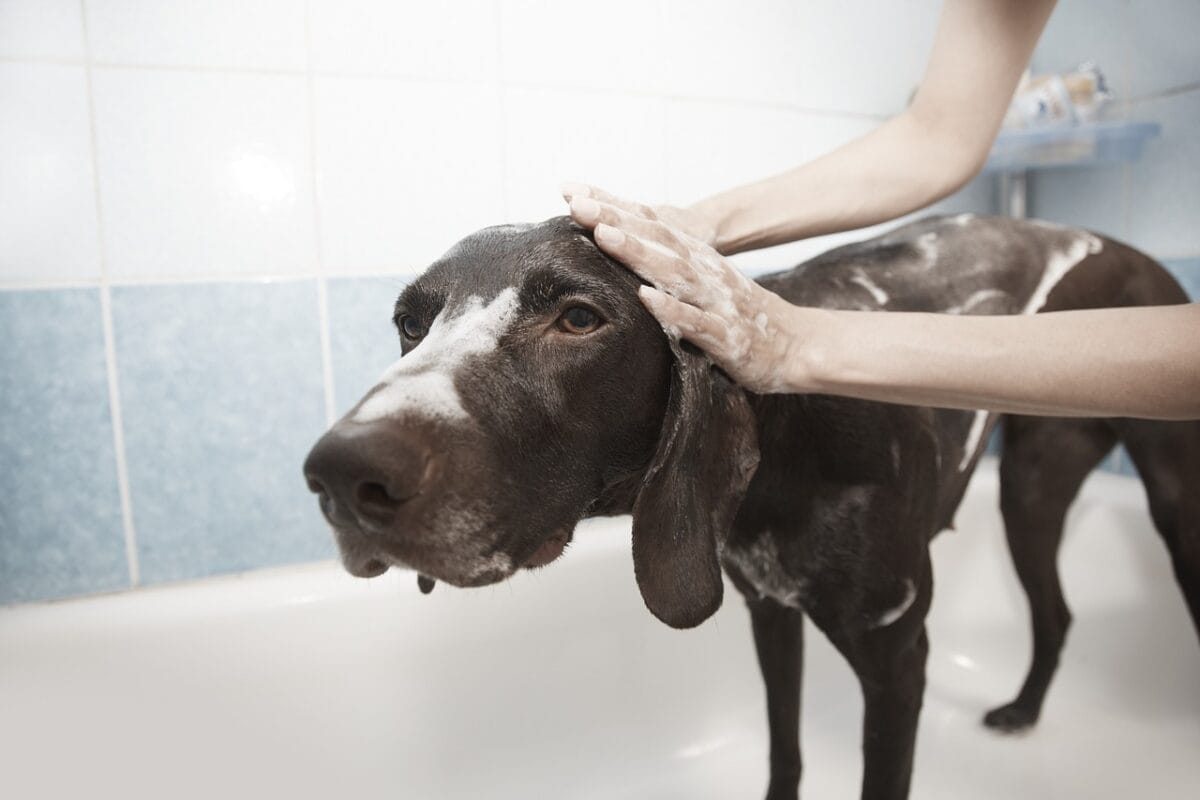
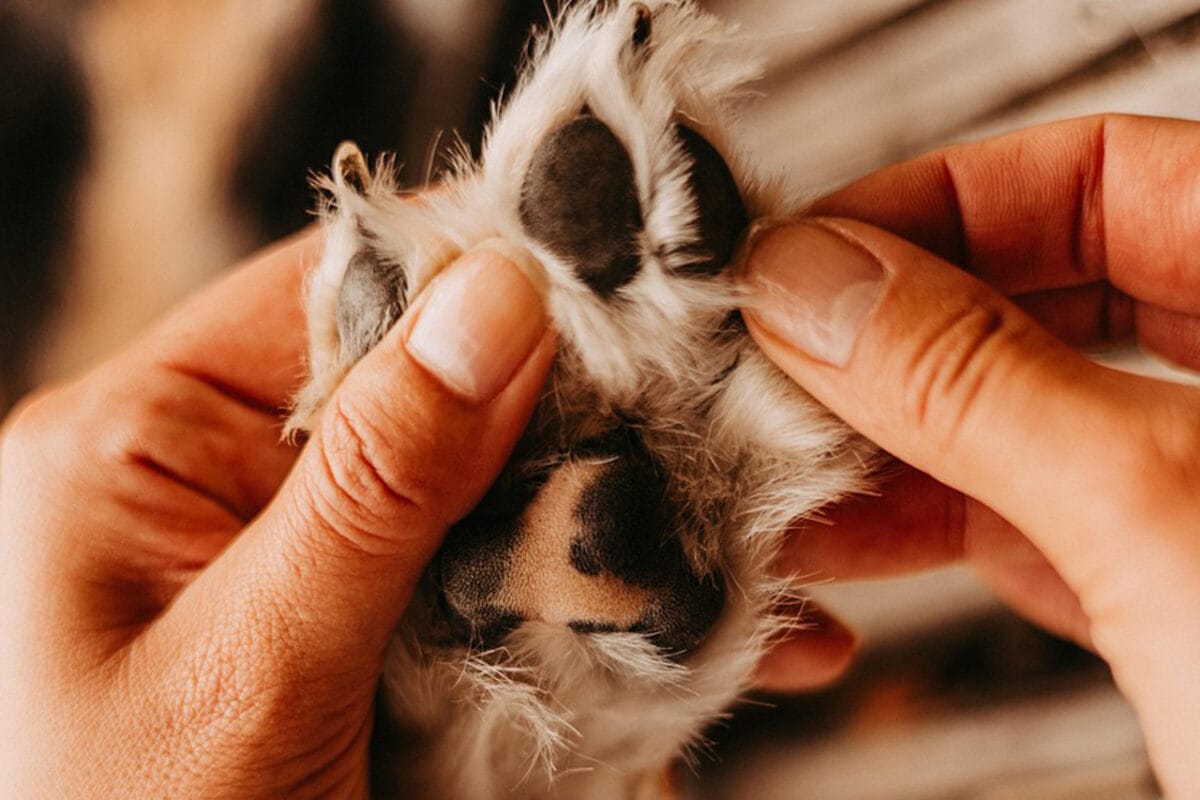
Preventing the spread of invasive species requires awareness and action at all levels — from professionals practicing strict biosecurity measures to pet owners taking simple precautions. By adopting the ‘Check, Clean, Dry’ approach and looking out for what our furry friends may carry, we all play a part in protecting the health and diversity of our environment.
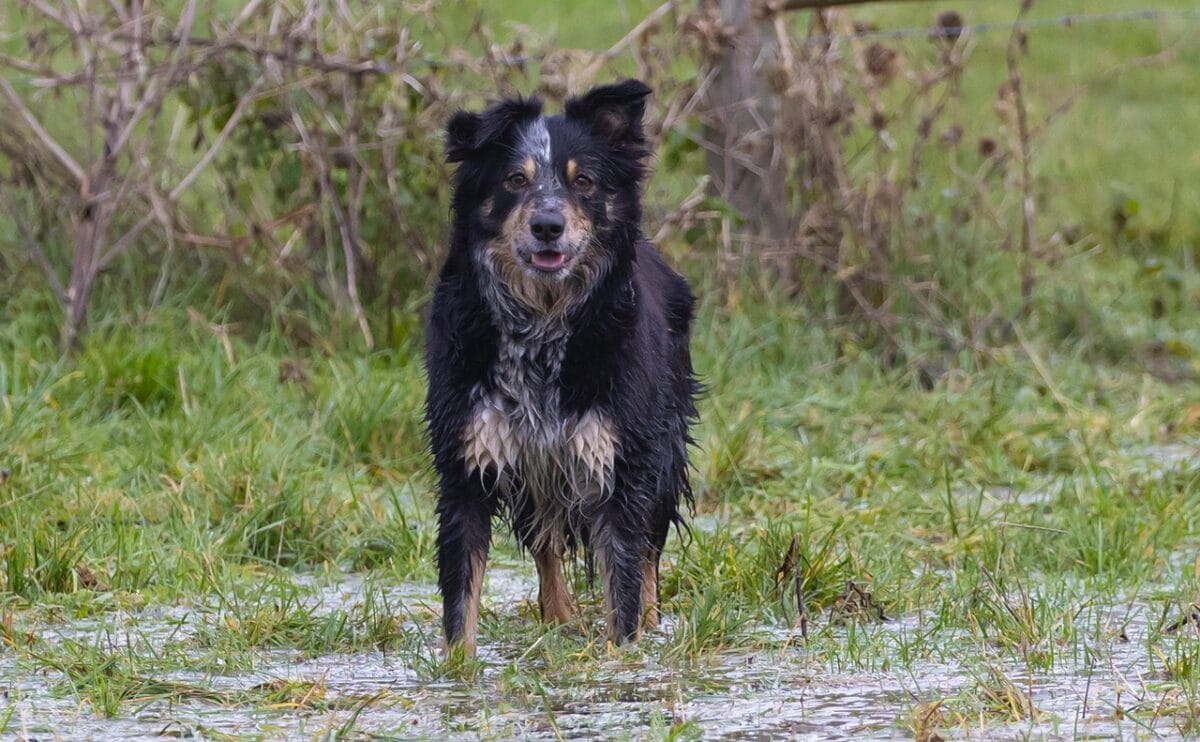
If you’d like to know more about TEP’s invasive species services or anything else related to land management, get in touch at LMQuotes@tep.uk.com, we will be happy to help.








